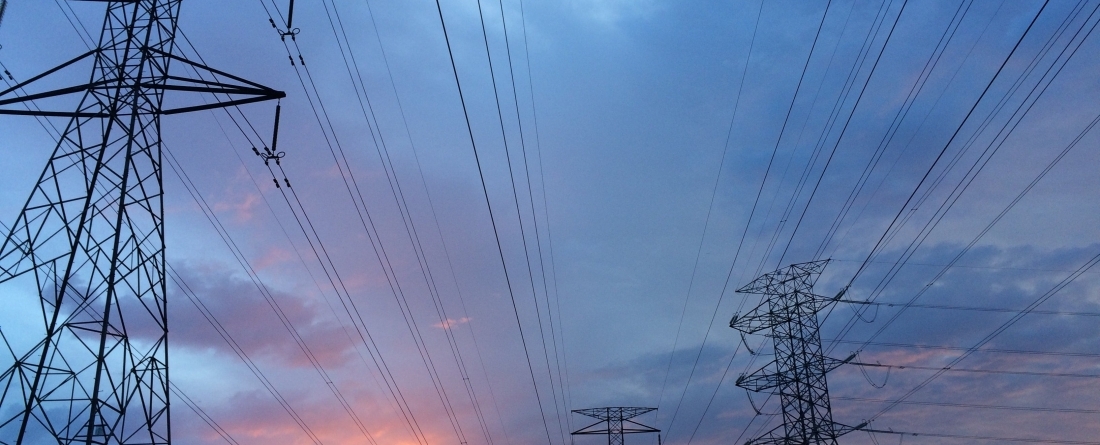
Abstract: Inefficient transmission and distribution (T&D) infrastructure that results in losses as electricity travels from supplier to customer contributes to compensatory power generation and therefore to unanticipated GHG emissions. Pilferage, poor planning and management in the T&D system also contribute to losses that can increase total electricity generation. Because the combination of electricity generation, combined heat and power generation and heat plants account for over 40% of global GHG emissions1, mitigation efforts tend to focus on electricity generated rather than delivered. We combine life cycle assessments of power generation with uncertainty analysis to bound potential emissions from compensatory generation from T&D aggregate losses (that is, technical and non-technical) in 142 countries. We estimate that electricity generated due to losses from T&D infrastructure is associated with nearly 1 billion metric tons of carbon dioxide equivalents per year (GtCO2e yr–1). Our global average estimates for potential emissions reductions that may be achieved by improvements in technical losses and aggregate losses are 411 and 544 million metric tons of carbon dioxide equivalents per year (MtCO2e yr–1), respectively. By reducing T&D losses, not only may compensatory emissions be reduced, but more electricity from low-carbon power-plant investments may reach the intended consumers.
For more information, see the press release.
